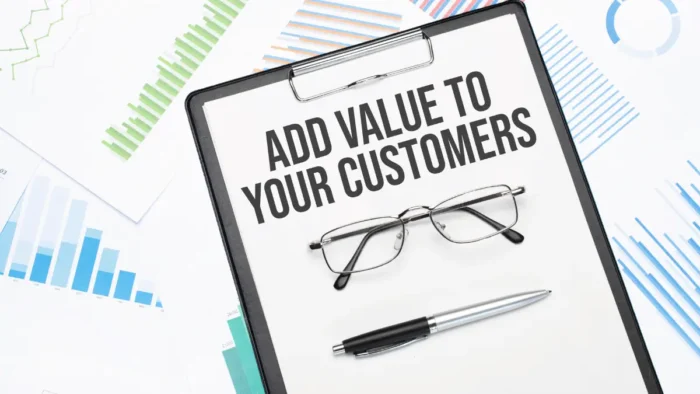Today, a core principle that separates successful businesses from the rest is the ability to add value. But what does “adding value” really mean, and how can you add value to differentiate your brand and succeed in a competitive market?
If you want your business to become wealthy, you must look for different ways to add more value to everything you do in your company, especially your products and services.
You are competing in a highly competitive market, and if everyone is offering the same thing, then these products or services become the standard in the marketplace. So, the question is how customers can recognize the value in such a situation.
If you want to stand out as a business, you must offer “extra” things so that your customers recognize your business and offer superior to your competitors.
Different Types of Value You Must Consider
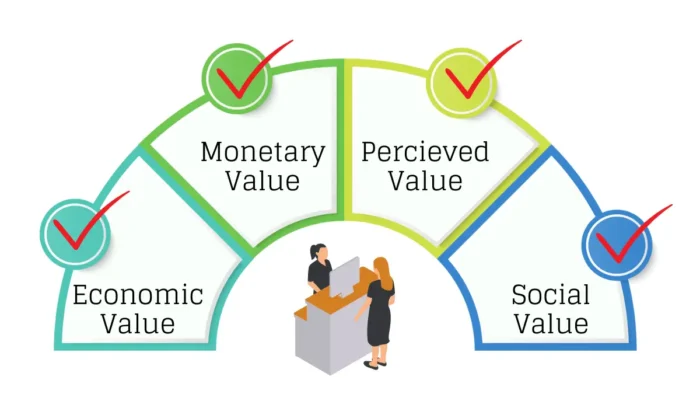
You have probably already heard the terms “value add” or “value-added.” But what does value add mean for companies?
The “value add” or “value added” terms are commonly used in economics and industrial engineering to describe any improvement, upgrade, or modification that elevates a product’s or service’s value. In other words, “value add” can refer to any improvement, whether or not it directly or indirectly contributes to the bottom line.
In the economy, “value add” is the difference between the price and cost of a product or service. When it comes to engineering, “value add” is what you do to increase the value of your product.
Customer satisfaction is the most important achievement if you want high-level loyalty. Different types can significantly impact the perception and success of your small business’s offerings. Here are some crucial types to consider:
1. Economic Value
This refers to your products’ tangible benefits, which could lead to cost savings for your buyers. Showing this value can be a strong selling point for all businesses.
For example, a software company can offer a cloud-based project management tool that can easily be integrated with existing systems. So, except for its core functionality as a project management tool, the product significantly decreases the need for numerous separate applications to manage tasks, team communication, and project timelines. So, their users can save on subscriptions to several other services, and in such a way, they will reduce administrative overhead and improve their operational efficiency.
Here, the economic value is evident in the tangible cost savings and increased productivity, making it an attractive proposition for potential clients.
2. Monetary Value
Monetary value considers the direct financial benefits the consumer will achieve by using your product or service. These could include competitive pricing, discounts for bulk purchases, or loyalty programs that offer financial incentives over time.
For example, the same software company might introduce scalable pricing plans to add monetary value. Additionally, they could offer a discount for annual subscriptions or a loyalty program that provides credits for future purchases based on usage. This approach not only makes the product financially accessible but also rewards long-term loyalty, showcasing direct value in the form of money to the user.
3. Perceived Value
This is all about the value your customers believe they get from your product or service. This value is usually influenced by brand reputation, support and service, product quality, and the overall experience of doing business with you. Improving these areas can significantly increase the perceived value of your offerings.
Taking the same software company, this value could be significantly improved by prioritizing exceptional support as one of the additional value-added services. Introducing a 24/7 chat support system will ensure that any issues they have experienced can swiftly and effectively resolve, minimizing downtime and frustration.
Additionally, they could offer personalized onboarding sessions for new clients, guiding them through the setup procedure and ensuring they fully understand how to utilize the software to its fullest potential. With such a value-added service, their users are more likely to feel that they are not just buying a software solution but also gaining a partner committed to their success.
4. Social Value
Many consumers today seek products that meet their needs and align with their values. Products that are environmentally friendly, ethically sourced, or contribute to social causes offer social value that can distinguish you in the marketplace.
An excellent approach for a software company aiming to incorporate social value into its business model could be to launch a program dedicated to digital inclusivity, such as offering its project management tool for free or at a significantly reduced rate to non-profit organizations focused on community development or education. This form of social value elevates the brand’s image, making it more appealing to a broader audience who seeks to engage with companies that are active participants in making the world a better place.
The Benefits of Continuous Value Adding to Your Offerings
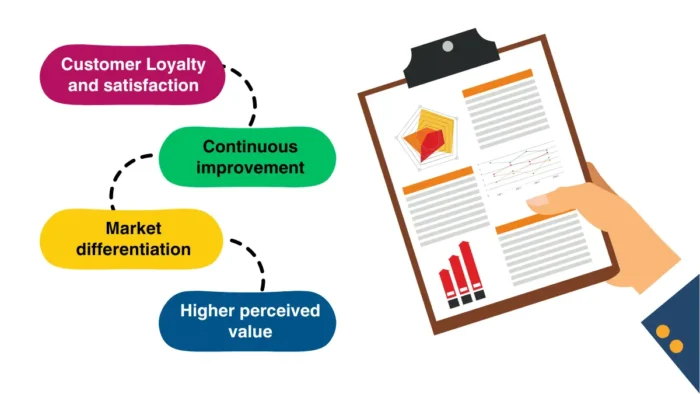
Remember that a value-added product is not something you must consider as a cost. It’s more of an investment in your business’s future. Value addition can explain why you charge premium pricing, for example. Also, it will increase customer loyalty and help you achieve sustainable growth.
Continuously adding value to your products can transform your business positively. Here are some key benefits of this approach:
- Loyalty and satisfaction: By consistently offering more than what customers expect, you develop a sense of appreciation and loyalty, making them more likely to associate with your brand over competitors. Value-added features that solve problems or enhance the user experience directly contribute to higher consumer satisfaction levels. So, you can expect to sell more and generate more revenue.
- Continuous improvement. The competition in each market puts pressure on you and drives to add value to your offerings. Your enterprise will start a continuous improvement cycle when you continuously think about possible improvements to add value.
- Market differentiation: Continuously improving your value-added product helps set you apart from others in the market. This differentiation is crucial in attracting new buyers and retaining existing ones that will help you increase your sales, revenue, and profitability.
- Higher perceived value: As you add more value, consumers perceive your product or service as worth more. This perception lets you choose potentially higher pricing strategies to increase your revenue without discouraging them from purchasing. Your value-added service or product also gives you flexibility in pricing strategies.
These are only a fraction of the benefits of focusing on value-added activities that create value-added products for your target audience.
Now, let’s talk about what you can do to increase the value of your offerings.
Value-Adding Strategies You Can Use
To add tangible value to your products, consider these strategies:
1. Improve Your Internal Processes
First, before implementing other strategies to improve your value, you must understand how your organization creates value for the market. So, conduct a value chain analysis to understand your value-added activities’ foundation better.
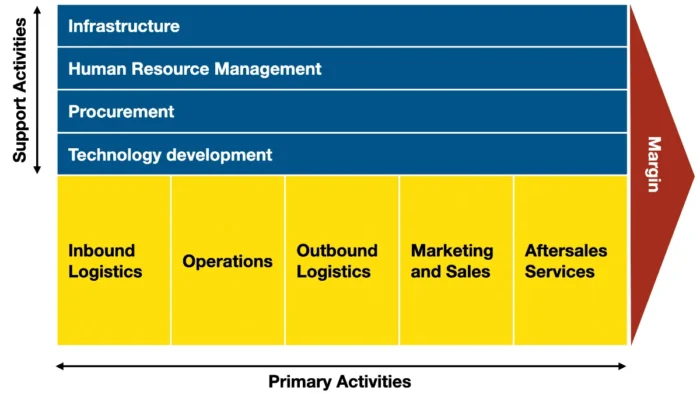
This is very important because you can not expect to develop and sell value-added products if you have broken internal processes.
2. Offer Better Quality
The first significant element you need to ensure if you want to add more value to your products is to offer better quality than your competitors at the same price or different at a reasonable price. It is how your customers perceive the value of your products.
As you can see, value is directly related to the quality of your products. So, whatever the buyer says about it, it is exactly that.
You need to find what your target market wants and expect and give what they want faster than your competitors. Also, think about exceeding their expectations through value added in the excitement needs as we discuss in steps how to understand customer needs and meet them, especially in the part of the Kano model.
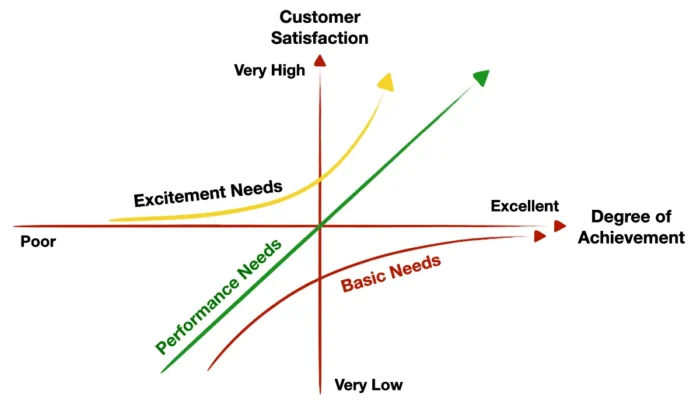
Think about these questions:
- What problems do your products solve for your customers?
- How do your products solve your customer’s problems?
- Are they satisfied with the solution you offer them?
- Is there something more as a value that they want from your products?
- What value-added activities directly contribute to your product or service value? How can you improve them?
- What are your non-value-added activities that consume a lot of time and don’t contribute to what customers value the most?
Remember that you can use the innovation and creativity tool called “jobs to be done” to discover what your clients want to achieve. Also, validate your ideas to ensure that you will succeed.
3. Improve your delivery speed
You can add more value by increasing the speed of value delivery to your buyers, who are willing to pay for it.
There is a direct positive correlation between speed and the value of your offer. When someone decides to buy something from you, she expects to get it not today but yesterday. You need to remember this.
Delivery speed is essential to the value you deliver to your buyers today. However, you don’t need significant investments to increase your delivery speed. You will only need well-organized logistics systems and processes. Outsource non-value-added tasks that require expert knowledge, such as IT services.
Increasing delivery speed will add more value and differentiate you as a reliable person for doing business. As you already know, on-time or faster delivery is essential for charging the full or maximum price for your value.
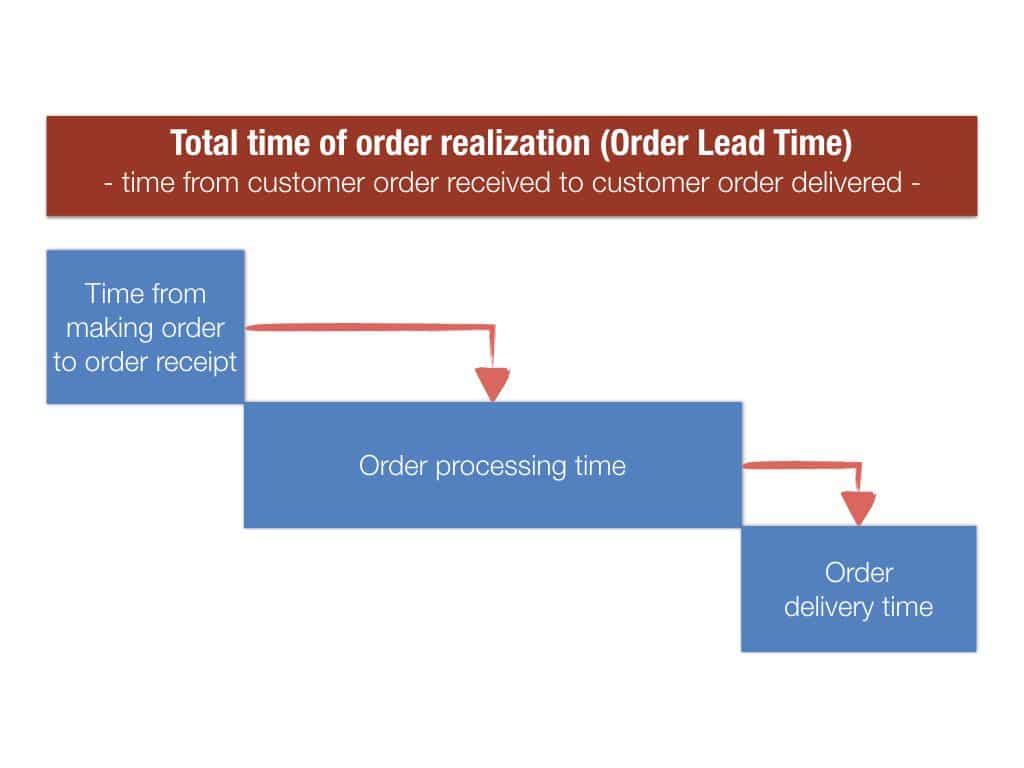
Think about the following questions:
- How long do my buyers wait after ordering something from me?
- Where does my company spend the most time delivering my products?
- What are the biggest reasons for late delivery?
- How can I improve the delivery speed?
4. Provide additional expert advice
As you probably know, your total offer is much more than your products. You can add more value to your total offer by providing expert advice to your buyers, enabling them to install or use your products and services easily. If you want to deliver real value-added service or product, provide a level of advice that is higher, more valuable, and more sophisticated than what your competitors offer.
I recommend teaching them how to do things they want to know how to do. If you have competence, knowledge, skills, and experience, you can add additional value to your customers’ relationships by helping and teaching them how to do something. You will build an extraordinary customer experience that will increase the value they perceive related to your offering.
If you want to do something related to this value-adding activity, please consider the following questions:
- Who is my target audience? What do they want and need?
- What is my expertise that can help my target audience?
- How can I teach my customers with my expertise?
5. Improve your product’s design and packaging

Improving the packaging or design of your products can add more value. The beautiful design of your products or their packaging will create additional value in the eyes of your consumers.
I can not forget the moment when I first received an Apple product and the feeling of the importance of their package being given to me. The same thing was with all the next products I bought from Apple. I can not compare these packages with any other product I purchased in the past. You can experience the difference only with one touch.
Remember that the first thing your buyers see and feel is the packaging and design of the product they are interested in. When they choose between different products on the shelf, the packaging will make a difference in their subconscious mind, impacting their decision to purchase. Your product’s design and package should be attractive and informative enough to help your potential buyers decide to buy it.
If you want to add value to your products, you must consider design and packaging. Here are some questions that will help you:
- Do I understand the meaning of simplicity mainly related to my product design and packaging?
- Is there some legislation that impacts how my products are designed and packed?
- Can I go green when it comes to packaging and design?
- What do my current buyers think about the design and packaging of my products?
- Are my design and packaging sending the real message to my potential buyers?
- What can I improve regarding the product’s design and packaging?
6. Add simplicity to every possible customer’s interaction with you
Try to find ways to simplify the ways your customers can find, purchase, and use your products. Think about the simplicity of each possible interaction that your customers will have with you.
The simplicity must start from your lead generation process through sales to the after-sales support processes. Simplicity can become a huge source of added value for your company. Simply put, if you take more steps in your sales approach, you will realize fewer sales.
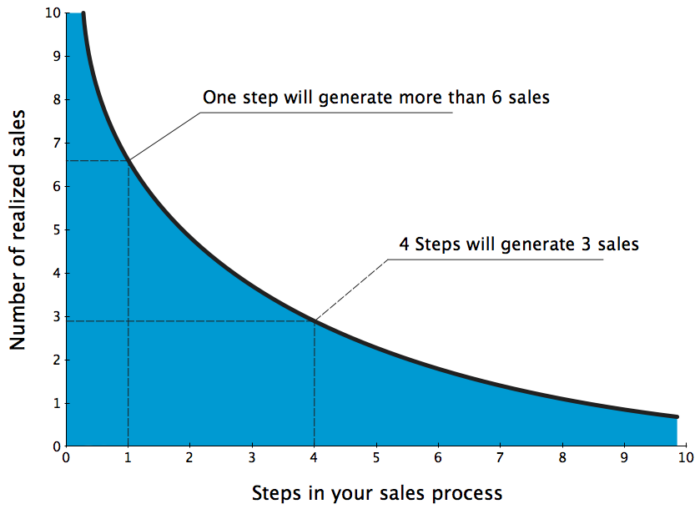
For instance, when a new lead comes into your sales funnel as a prospect, you can help them ensure quick decision-making, a simple sales procedure, and better utilization of the products you are trying to sell them.
Related: How to Develop and Improve Your B2B Sales Processes
Answer the following questions that will help you to simplify your interactions with your buyers:
- What are my processes for participating in all possible interactions with buyers?
- What are the steps or activities of those processes?
- Is there something that they need to do in those processes?
- What can be thrown away without losing the value of your interaction?
- What can be improved to simplify the whole process?
7. Value-added customer service
Customer service is essential when you want to add more value to your products. Many companies use such a service as a primary source of competitive advantage.
How can you ensure that your prospects will choose to do business with you over the hundreds of other offers they receive for similar or lesser prices?
The answer is simple: with your customer service.
You can differentiate strongly by providing the best services and adding different levels of exceptional customer service based on their size, buying frequency, or amount of money spent in your business.
For example, you can offer various service levels when buyers qualify for them. This is related to the concept that the more someone purchases from you, the more valuable the service and benefits they receive.
You can also provide additional services based on their purchase level. With such an extension, remember that your value add more value in the eyes of your target audience.
Think about the following questions before you start redesigning or introducing additional services:
- What additional services do I currently offer to my customers before, during, and after the purchase process?
- Is there something specific they want as additional services that I can offer them?
- What do I need to do to improve my customer service?
Conclusion
In conclusion, adding value to your products and services is not a quick fix but a long-term strategy that requires commitment, creativity, and understanding of your customer’s needs and desires.
You can apply these strategies to your day-to-day business activities. You need to be creative and innovative if you want to outperform your competitors. Understand that if you continue to work the way you always have, you will face competitors who will use and implement these ideas. So, do it before they do it! And again, repeat them all to improve how you do business.

